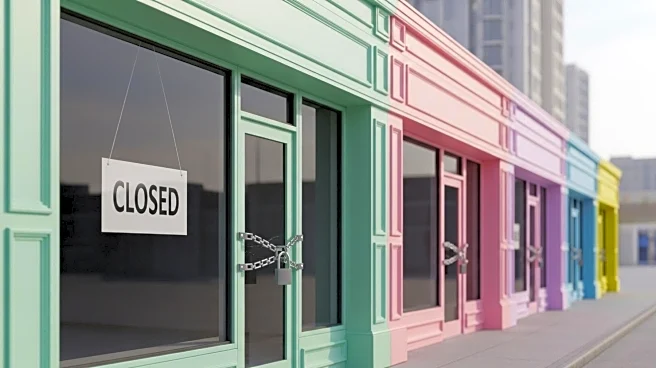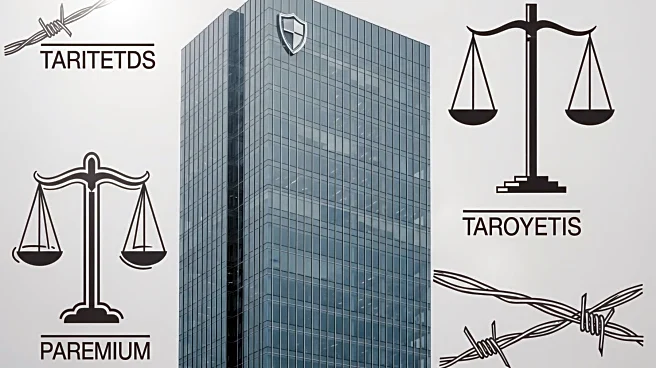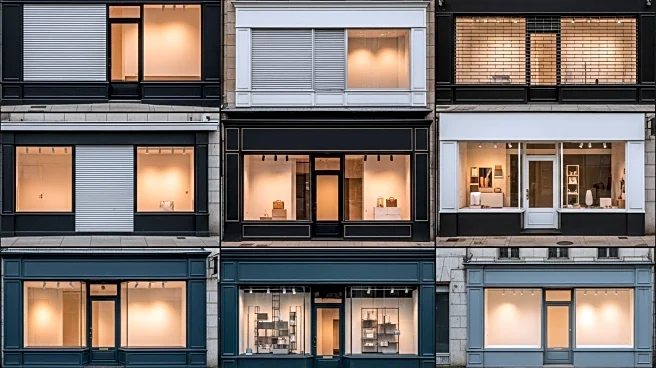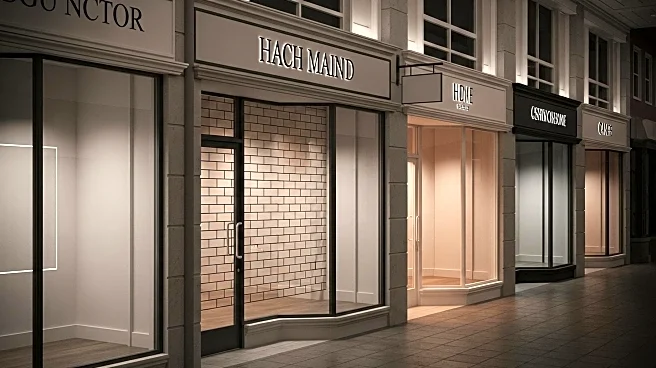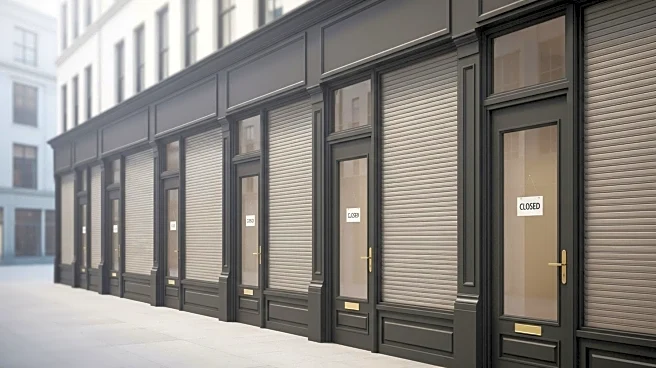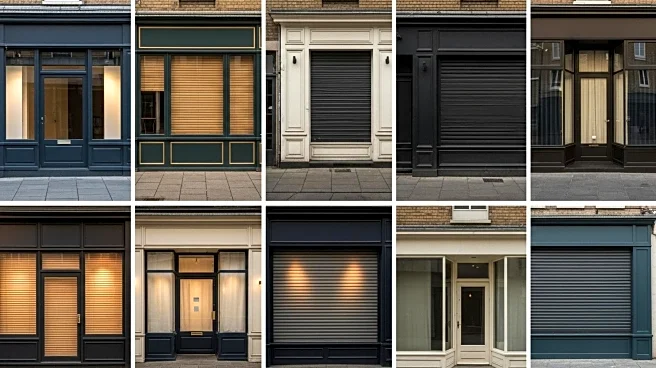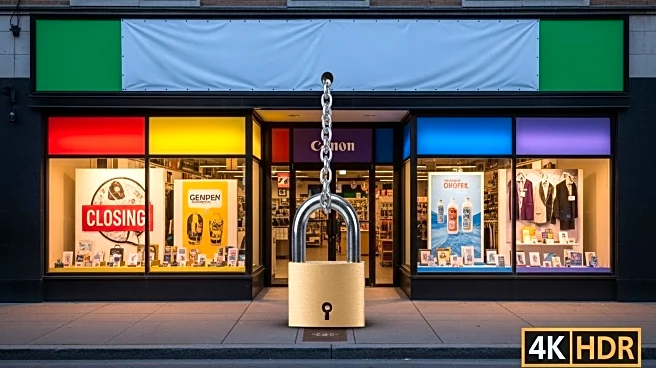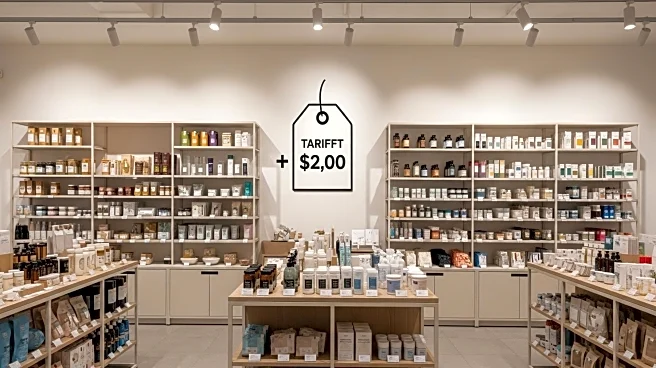What's Happening?
Claire's, a well-known fashion, jewelry, and accessories retailer, has filed for bankruptcy for the second time since 2018. The company plans to close 291 stores across the United States, including 11 locations in Michigan. This decision comes amid rising competition and increased costs, partly attributed to tariffs imposed during President Trump's administration. The affected Michigan stores are located in various malls and shopping centers, such as Grand Rapids Outlet Center and Fashion Square Mall in Saginaw. Claire's has been a popular destination for young girls and teens, particularly known for its ear piercing services and affordable jewelry options.
Why It's Important?
The closure of Claire's stores represents a significant shift in the retail landscape, particularly affecting malls and shopping centers where these stores are often located. This move may impact local economies, especially in areas where Claire's is a key tenant. The bankruptcy highlights the challenges faced by brick-and-mortar retailers in adapting to changing consumer preferences and economic pressures. The closures could lead to job losses and reduced foot traffic in affected malls, potentially influencing other businesses in these locations. Additionally, the decision underscores the broader trend of retail consolidation and the impact of tariffs on business operations.
What's Next?
As Claire's proceeds with its bankruptcy and store closures, affected employees and communities may seek alternative employment and retail options. The company will likely focus on restructuring its operations to remain competitive in the evolving retail market. Other retailers may also reassess their strategies in response to Claire's closures, potentially leading to further consolidation or innovation in the sector. Consumers may shift their shopping habits, opting for online alternatives or other physical stores that offer similar products and services.
Beyond the Headlines
The bankruptcy of Claire's raises questions about the sustainability of traditional retail models in the face of digital transformation and economic challenges. It also highlights the cultural significance of Claire's as a rite of passage for many young girls, marking a shift in how future generations may experience fashion and accessories shopping. The closures may prompt discussions on the role of tariffs and economic policies in shaping business decisions and their long-term effects on the retail industry.
